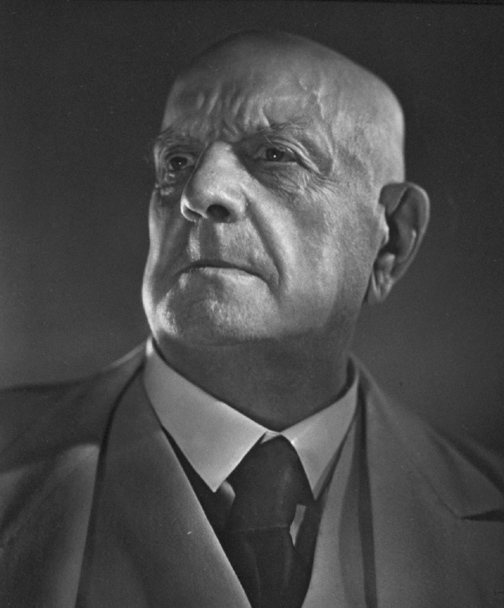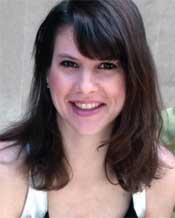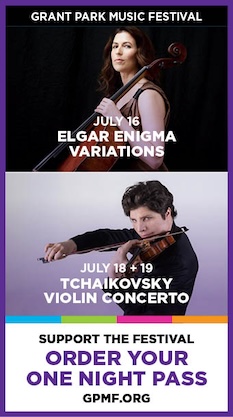Heatherington, Ars Viva deliver a generous Finnish-Hungarian program

There are not many conductors who can convincingly handle a program balanced between Finnish and Hungarian music but Alan Heatherington managed to do just that Sunday afternoon in a bracing and generous concert with his Ars Viva chamber orchestra.
In his informed and occasionally idiosyncratic verbal notes, the conductor noted that the national musics complement each other nicely though he really couldn’t pinpoint a thematic connection, apart from each country having a strange and inscrutable language (to outsiders) with some surface similarities. Ultimately, Heatherington said, he’d leave it to the linguists to determine any actual historical connection and let the music speak for itself.
And that it did quite winningly, the concert at the North Shore Center for the Performing Arts in Skokie leading off with music from Hungary by Zoltan Kodaly and Bela Bartok.
Characteristically, Heatherington opted, not for Kodaly’s popular Dances of Galanta but the composer’s darker-hued Dances of Maroussek, supposedly inspired by folk music from the title district of Transylvania.
As Heatherington noted, this challenging music is a mini-concerto for orchestra, and the Ars Viva musicians were more than up to the task with fine solos in all sections, particularly Michael Henoch’s avian oboe, which theme then passes to flute and piccolo. Heatherington brought out all the pungent colors and febrile brilliance while keeping the whirlwind conclusion under taut control.
Bartok’s Piano Concerto No. 3 was written not long before the composer’s death and intended for the composer’s beloved wife, Ditta to perform, its unfinished final bars orchestrated by Tibor Serly.
The Third Concerto is a more lyrical and inward-looking work than Bartok’s previous essays in the genre, less technically demanding and aggressively percussive. The outer movements have moments of driving insistence. to be sure, yet the opening Allegretto is light-hearted and even whimsical at times.
Lori Kaufman proved an admirable soloist with a polished clear-cut style. The statuesque pianist was at her finest in the central Adagio religioso, with her phrasing of the spare, monastic notes evoking an almost ascetic expression, nicely contrasted with the luminous string playing elicited by Heatherington.
Kaufman’s playing in the bravura finale was vital and technically immaculate, while lacking the last bit of virtuosic fire and unbridled combustibility, though Heatherington and the Ars Viva musicians provided fizzing and fully committed support.

Sibelius is clearly a composer close to Heatherington’s heart as made manifest in his informed and affectionate introduction. He even provided an unlisted “bonus” to the program of the Finnish composer’s Andante festivo for strings, which received the finest performance of the afternoon, with beautifully rich and burnished playing. (With most of the violin section made up of Chicago Symphony Orchestra members, it’s no wonder).
Sibelius’s Symphony No. 6 is the composer’s least-played symphony, and it’s not difficult to understand why, in a work that lacks the immediate dramatic power and lyrical appeal of Nos. 1, 2 and 5.
Sibelius’s penultimate symphony is an elusive, equivocal work, an odd mix of Northern nature painting and fleeting stentorian brass passages, like cold spring water in a fjord. After the hushed coda Sunday one audience member loudly asked, “Is that the end?”
At time one wanted a bit more light and shade and dynamic delicacy but for the most part Heatherington proved a reliable guide, directing an evocative performance, pointing the brass writing robustly and balancing the rippling wind passages and restless string writing.
It was a bit of lily-gilding to present Sibelius’s Finlandia as a crowd-pleasing coda when the enigmatic symphony would have served well as an offbeat conclusion. Still, Heatherington directed a strong performance, one raspy horn apart, that avoided playing to the galleries while making firm dramatic impact.
Posted in Performances



